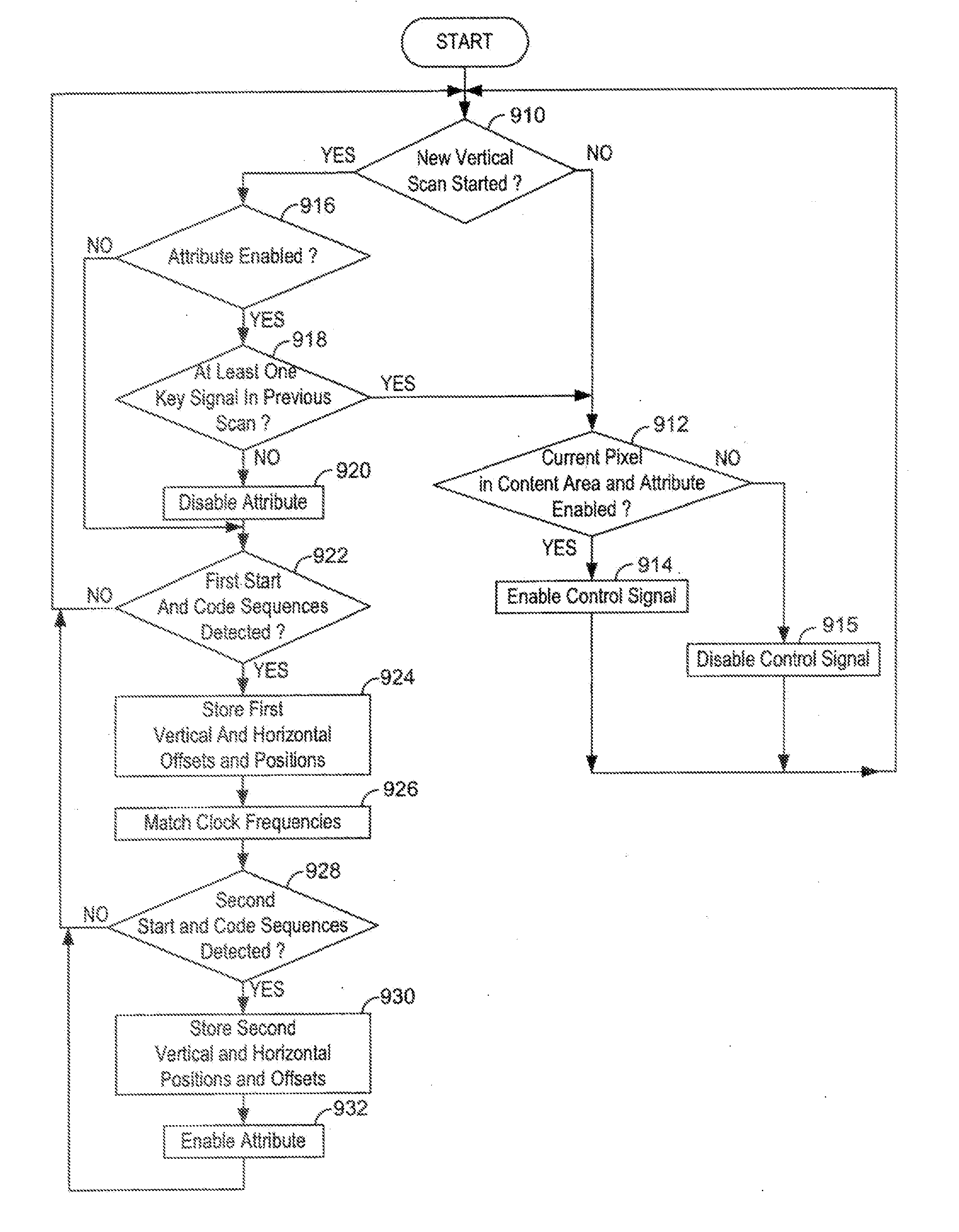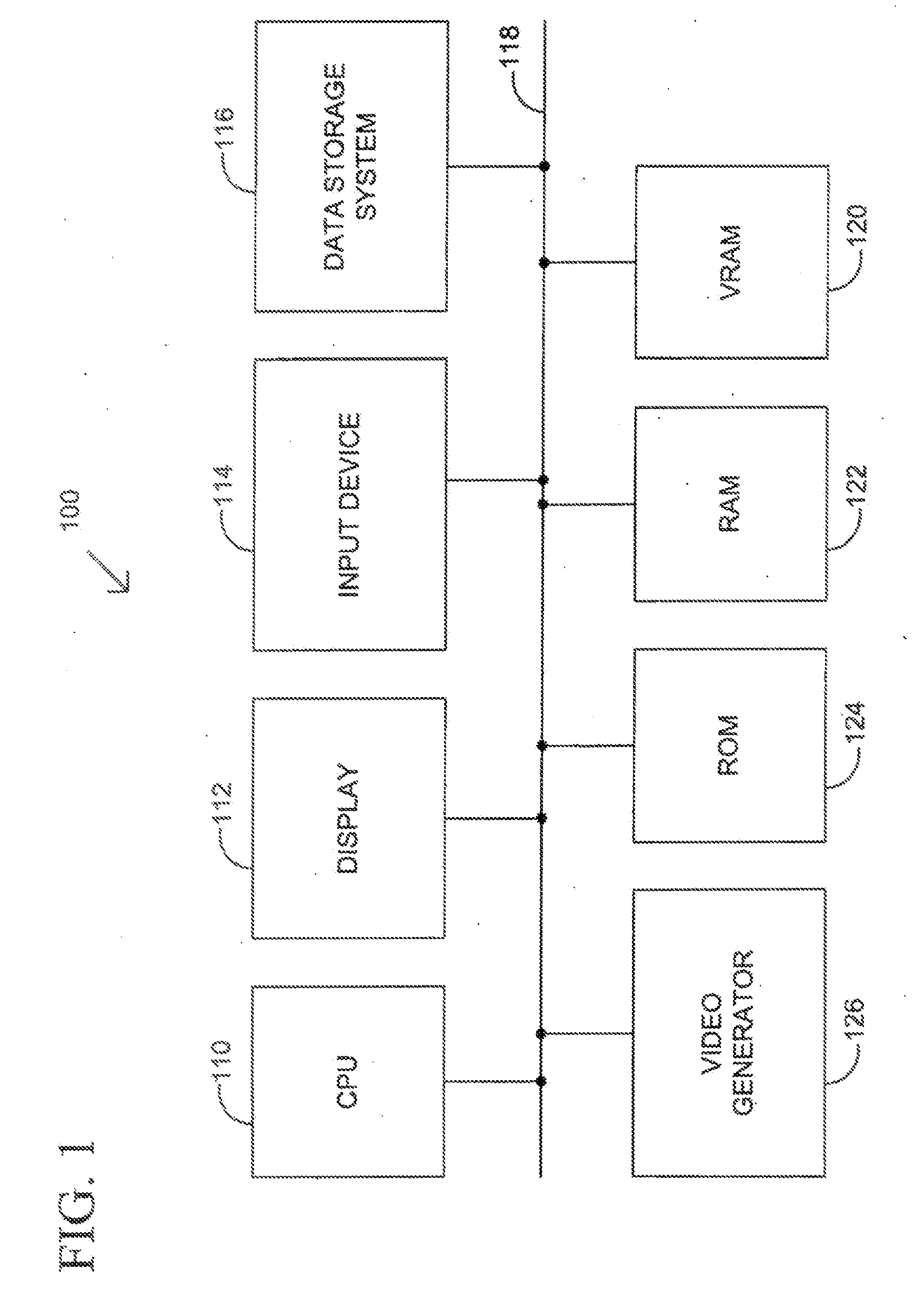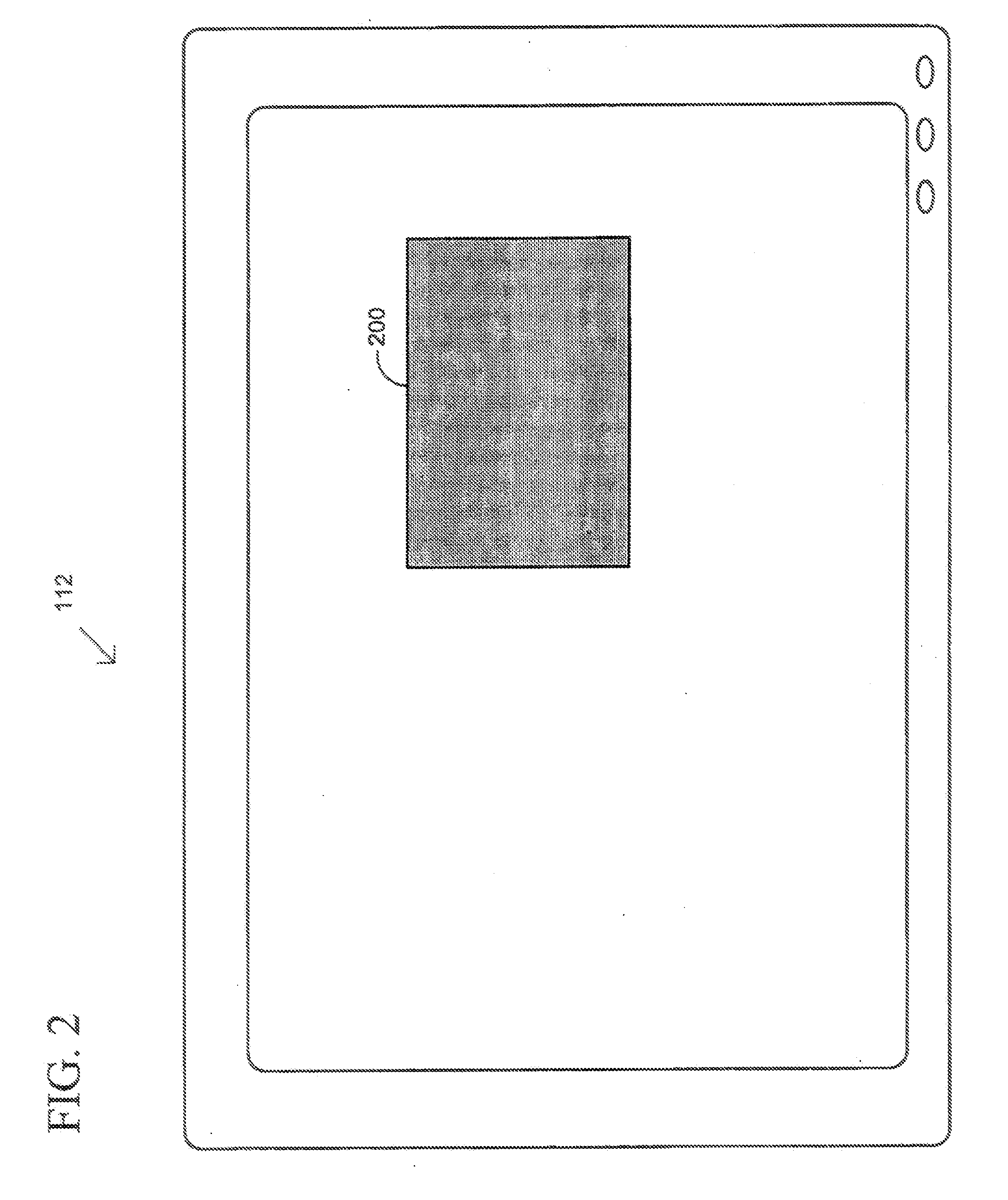Apparatus and method for handling special windows in a display
a technology of display and apparatus, applied in the field of apparatus and methods for handling special windows in displays, can solve the problems of increasing the luminance level over the entire display surface, reducing the overall effectiveness of the display, and prone to look rather murky, so as to achieve the effect of effective presentation of visual information
- Summary
- Abstract
- Description
- Claims
- Application Information
AI Technical Summary
Benefits of technology
Problems solved by technology
Method used
Image
Examples
Embodiment Construction
[0028]The present invention relates to an improvement in displays, including computer displays. The following description is presented to enable one of ordinary skill in the art to make and use the invention and is provided in the context of a patent application and its requirements. Various modifications to the preferred embodiment will be readily apparent to those skilled in the art and the generic principles herein may be applied to other embodiments. Thus, the present invention is not intended to be limited to the embodiment shown but is to be accorded the widest scope consistent with the principles and features described herein.
[0029]The present invention comprises an apparatus and method for handling special windows in a display. The invention uses a modified display window frame created by a window manager from an operating system, and transmitted to the display over a video interface. This window frame includes key signals with unique characteristics that are visually unobtr...
PUM
 Login to View More
Login to View More Abstract
Description
Claims
Application Information
 Login to View More
Login to View More - R&D
- Intellectual Property
- Life Sciences
- Materials
- Tech Scout
- Unparalleled Data Quality
- Higher Quality Content
- 60% Fewer Hallucinations
Browse by: Latest US Patents, China's latest patents, Technical Efficacy Thesaurus, Application Domain, Technology Topic, Popular Technical Reports.
© 2025 PatSnap. All rights reserved.Legal|Privacy policy|Modern Slavery Act Transparency Statement|Sitemap|About US| Contact US: help@patsnap.com



